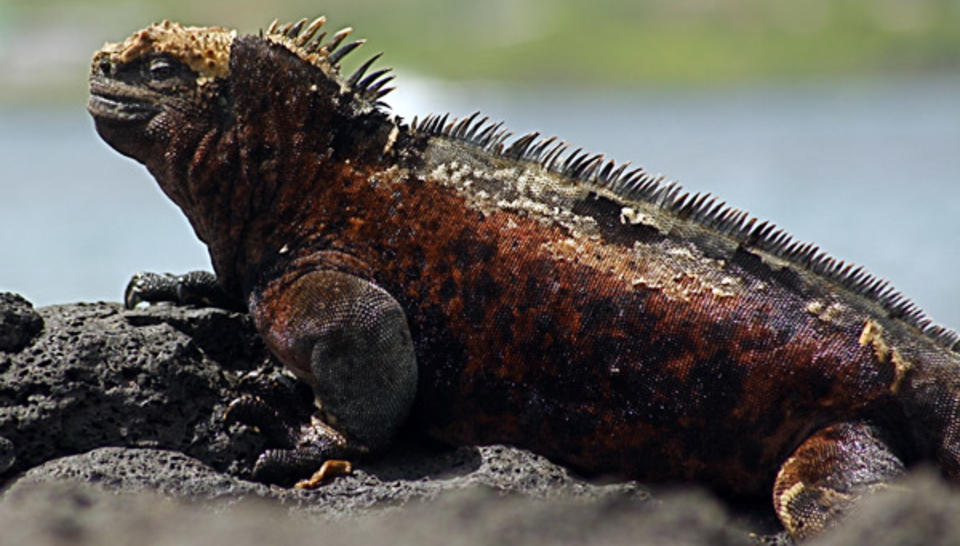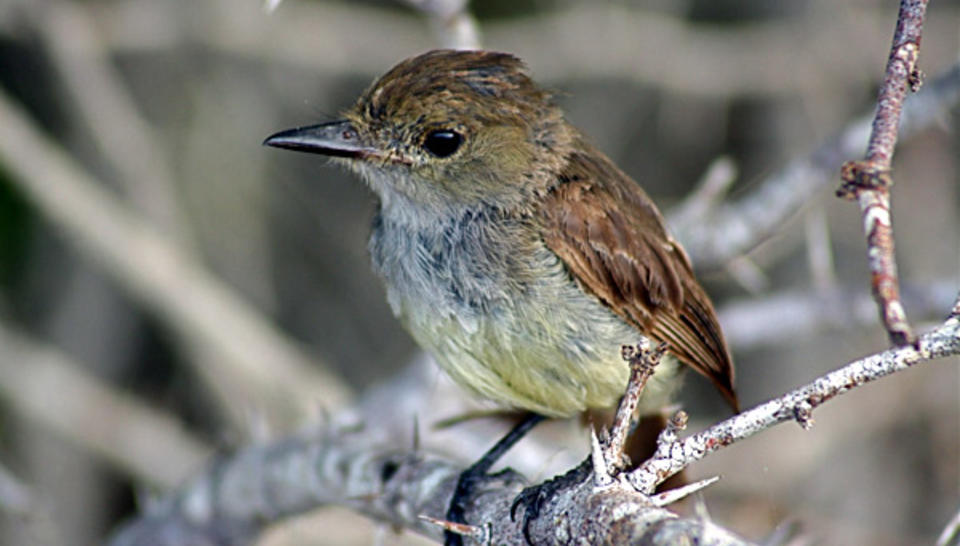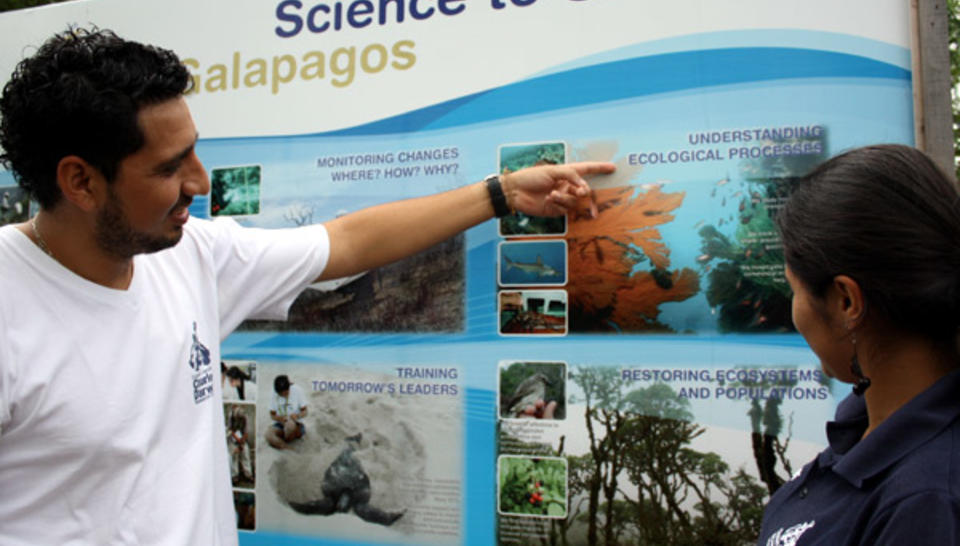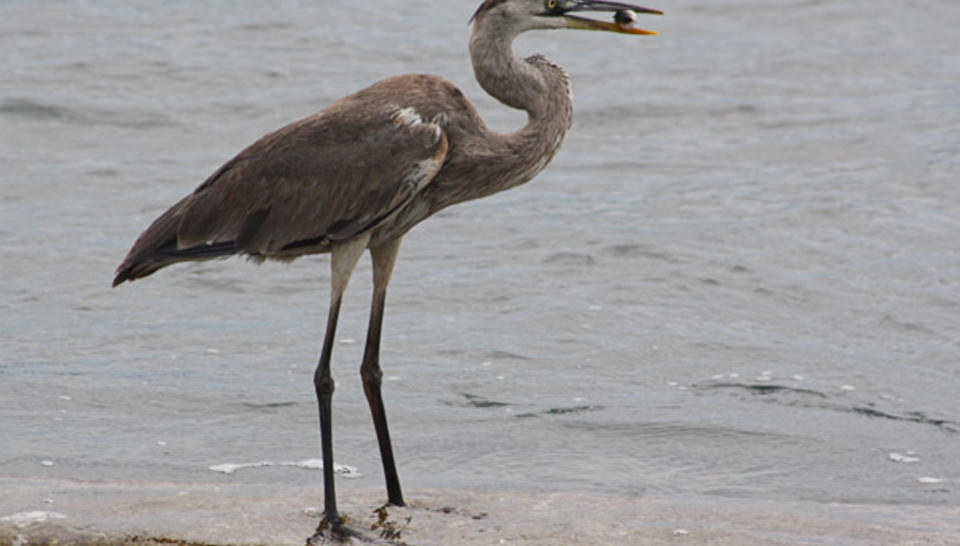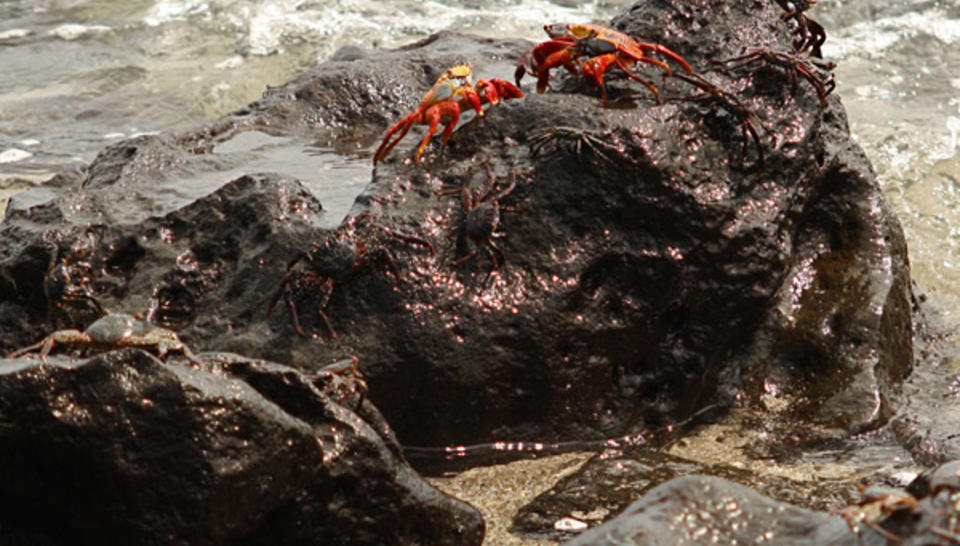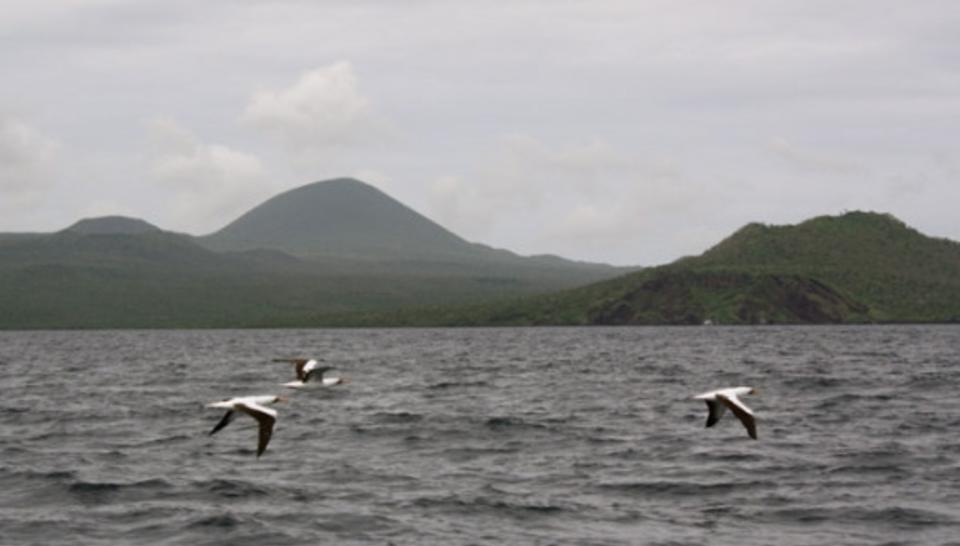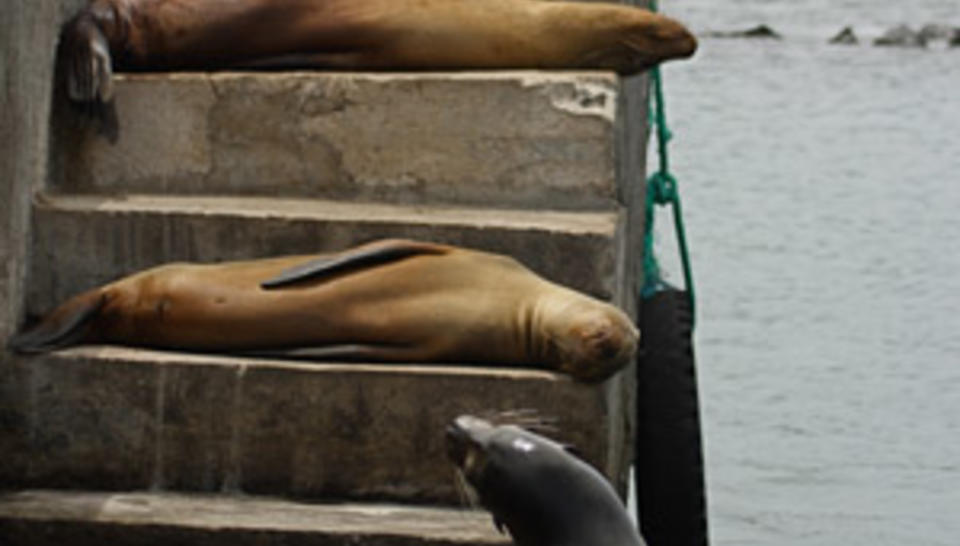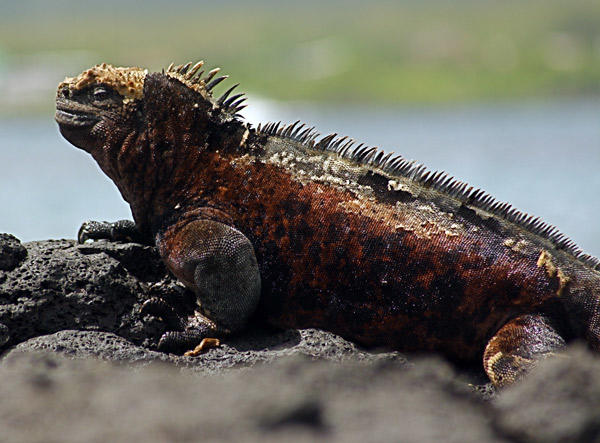
Environment and Biodiversity
Project leader
Charles Darwin Foundation
Place
Floreana Island, Galápagos, Ecuador
Grant(s)
€120,000 to the Board of Administration at 2009/06/11
The Galapagos Islands, off the coast of Ecuador, are considered one of the world's richest reservoirs of diversity, and it was after studying the flora and fauna on these volcanic islands that the famous English naturalist Charles Darwin developed his theory of the evolution of species. Since the 19th century, the iguanas, sea lions, tortoises and other animals on Floreana Island have had to share their sanctuary with humans, an apparently peaceful cohabitation, but in reality one that has led to the disappearance of about 10 species endemic to the island and the extinction of the Floreana tortoise. Alarmed by the situation, Felipe Cruz, Director of Technical Assistance at the Charles Darwin Foundation and a native of Floreana, suggested to the island's 126 residents that they join forces with the Foundation's researchers and National Park Service guards in an ambitious program to conserve the island's biodiversity and reintroduce the Floreana mockingbird, which is endemic to the island but now verging on extinction. Only 400 remain, on the neighbouring islets of Gardner and Champion.
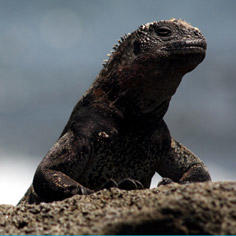
Before considering a reintroduction of the species, the scientists at the Charles Darwin Foundation feel that it is essential to know more about the composition and distribution of the island's wildlife. Therefore, for one month, about 20 people—scientists with the Charles Darwin Foundation and guards of the Galapagos National Park Service—criss-crossed Floreana to inventory the different species of plants, lichen, birds, reptiles and invertebrates. The Veolia Foundation provided most of the funding for the operations on the ground. At the same time, introduced species, such as cats and rats, are being monitored with a view to limiting their proliferation.
After the operations on the ground, the researchers began the second phase of the Floreana project, which consists in studying the data and mapping the island's biodiversity.
"That's the first step, the goal being to then update the maps every year to track changes in the situation and observe the effects of our teams' actions," explains Jaime Ortiz, the project's coordinator. A satellite has also been reserved to take pictures of the island.
Raising awareness among the local families
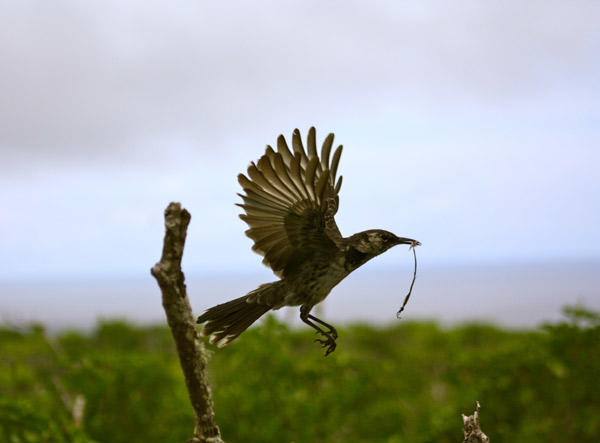
Besides the scientific research, efforts are also being made to improve cohabitation between humans and nature. While safeguarding the ecosystem is the main focus of the Charles Darwin Foundation and the Galapagos National Park Service, the fact is that it cannot be achieved without the consent and participation of the island's residents. Agriculture and tourism are currently the islanders' sole means of livelihood, and they would like to expand these activities while protecting the flora and fauna. "This program is very important to us because we hope that with the help of the members of the Charles Darwin Foundation, we'll find development solutions that are both viable for the residents and respectful of our environment," says Max Freire Salgado, head of the town council, who realizes how fragile the situation is today. Before considering increasing tourism, the island's people will have to solve a number of problems, including the water shortage. But they want to teach their children the notions of protecting the environment and responsible and sustainable tourism now. Therefore, the Floreana program has an educational component. Accompanied by National Park Service guides, teachers have taken children and parents to Floreana's highlands so that they could get to know more about the island's flora and fauna; a children's book on biodiversity has been published, and elementary school children have planted a garden exclusively with plants native to the island.
As the children water native plants in the schoolyard, a resident speaks to a tourist who is too close to a sea lion and risks disturbing its interminable nap at Velasco Ibarra port. A few meters away, baggage in hand, Luis Ortiz-Catedral, one of the scientists in the Floreana program, waits for a boat to go back to Santa Cruz Island. After one of many visits to Floreana, he'll be going to the Charles Darwin Foundation's center to continue his studies on the mockingbird and chart the rest of the program with his colleagues.
Above the extinct volcanoes, the clouds slowly vanish. The future of the birds and other animals of Floreana seems to be growing brighter, since the desire to preserve this corner of an earthly paradise is burning strong in its people.
The Veolia Foundation allocated €40,000 a year for three years (from 2011 to 2013) to the Floreana project. The grant covers the purchase of materials and equipment to inventory the biodiversity. Part of the grant will also go to analyzing soil samples from the island with a view to an agriculture development project.


